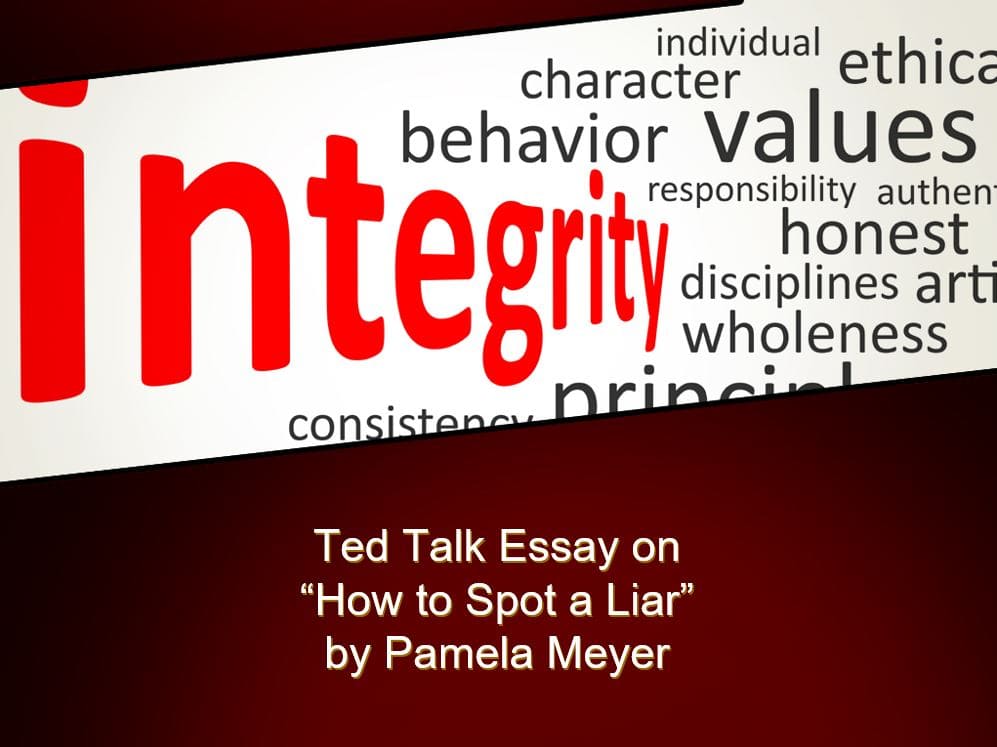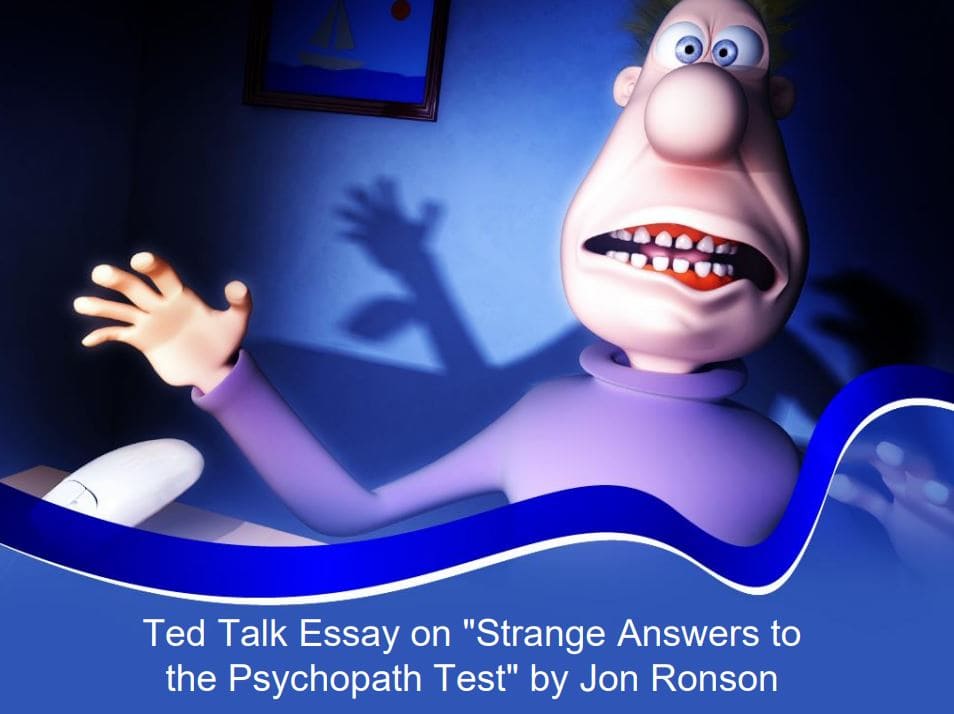Many people in the contemporary world lie even without their knowledge. In this Ted Talk essay on “How to Spot a Liar” by Pamela Meyer, the author highlights the different scientific ways to identify a lie. Meyer’s video, which discusses the various ways of detecting lies, relates to my teenage experience, and it explores the frequency and characteristics of lies, helping me to improve on their interactions.
Video’s Main Point
Meyer’s video describes the frequency and various ways to detect a liar. People lie willingly or unwillingly to keep their social dignity or keep secrets (Meyer 02:04-02:29). This aspect suggests that people hoodwink others into thinking that they are telling the truth. Autistic people experience diminishing mindreading capabilities (Williams et al. 1129). Such people can be easily manipulated by their friends, colleagues, and family members to perform some actions because of their lie-detecting challenges. For instance, people can manipulate autistic people to perform high-risk actions.

My Personal Experience
The video relates to my personal experience as I have lied several times to my colleagues, friends, and family members in my lifetime. For instance, one day, I had problems at school because I intentionally argued with peers for fun. Consequentially, my mother commanded me to return home before 4 pm each day to prevent me from interacting with my peers out of school. After the punishment, I planned to create a logical reason for my lateness and created an imaginary assignment study group. She later realized that I was lying after noticing that I was hanging out with friends.
Speech Importance
The contents of the video are essential as it shows the frequency of lies and characteristics of liars. The study showed that “strangers lied three times within the first 10 minutes of meeting each other” (Meyer 04:09-04:13). This data depicts that most people constantly lie in their daily interactions, consciously and unconsciously. People’s brains become desensitized concerning the guilt of their dishonest words after telling frequent lies (Steinhilber par. 6). The desensitization shows that the brain normalizes lies and forces the individual to avoid the associated guilt. The detection of lies helps people to choose the person to trust.
Information Application
I will apply this information in my daily interactions with other people. The information will be helpful for me in identifying the honesty of my partner in my relationship. For instance, I will use the information to analyze my partner’s verbal and non-verbal cues to determine their truthfulness. Most people lie because of hate, greed, or love (Hartley 36). Individuals can eliminate the chances of listening to lies by building trust during their interactions. After that, trust generates mutual honesty despite the consequence of the information.
Surprising Fact
The surprising fact is that people can quickly identify the verbal and non-verbal cues of lies in speech, interaction, or conversation. Meyer states that President Clinton denied having a sexual relationship with Monica Lewinsky (07:23-07:44). However, his press release showed all the characteristics of a liar. In this case, experts saw constant nodding and adversely formal language as a red flag in the expression. Liars use cues, such as fake smiles and maintaining eye contact, to convince other people of their faked honesty.
Summing Up
In conclusion, Pamela Meyer’s Ted Talk highlights the frequency of lies in daily conversations and the ways of identifying them. The video is essential as it will help me to determine lies and honesty in my interactions. However, I was surprised that there are multiple ways to identify lies from general conversations.
Works Cited
Hartley, Gregory. How to Spot a Liar: Why People Don’t Tell the Truth … and How You Can Catch Them: Easyread Super Large 24pt edition. Career Press, 2008.
Meyer, Pamela. “How to Spot a Liar.” TED: Ideas Worth Spreading, July 2011, www.ted.com/talks/pamela_meyer_how_to_spot_a_liar?language=en.
Steinhilber, Brianna. “5 Signs Someone’s Lying to You.” NBC News, 20 Aug. 2018, www.nbcnews.com/better/health/how-tell-if-someone-lying-according-behavioral-experts-ncna786326.
Williams, David M., et al. “Can You Spot a Liar? Deception, Mindreading, and the Case of Autism Spectrum Disorder.” Autism Research, vol. 11, no. 8, 2018, pp. 1129-1137, doi:10.1002/aur.1962.


